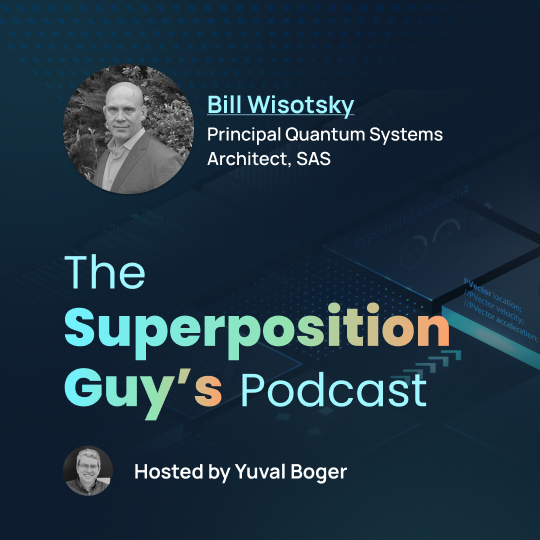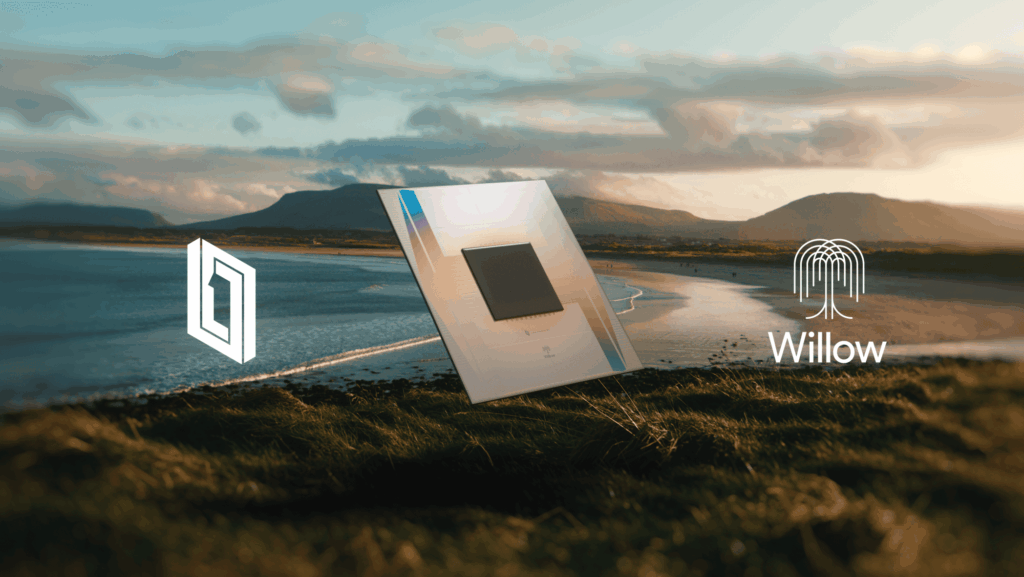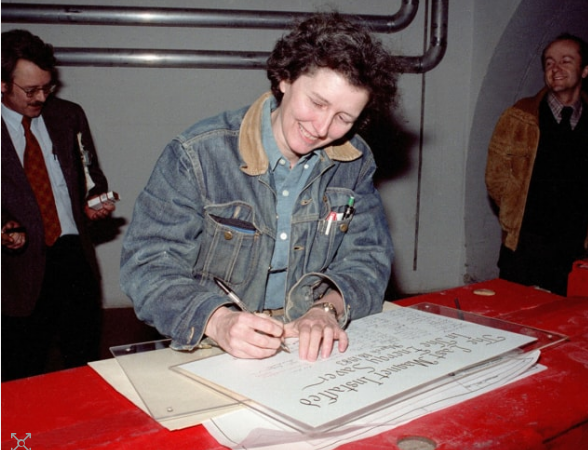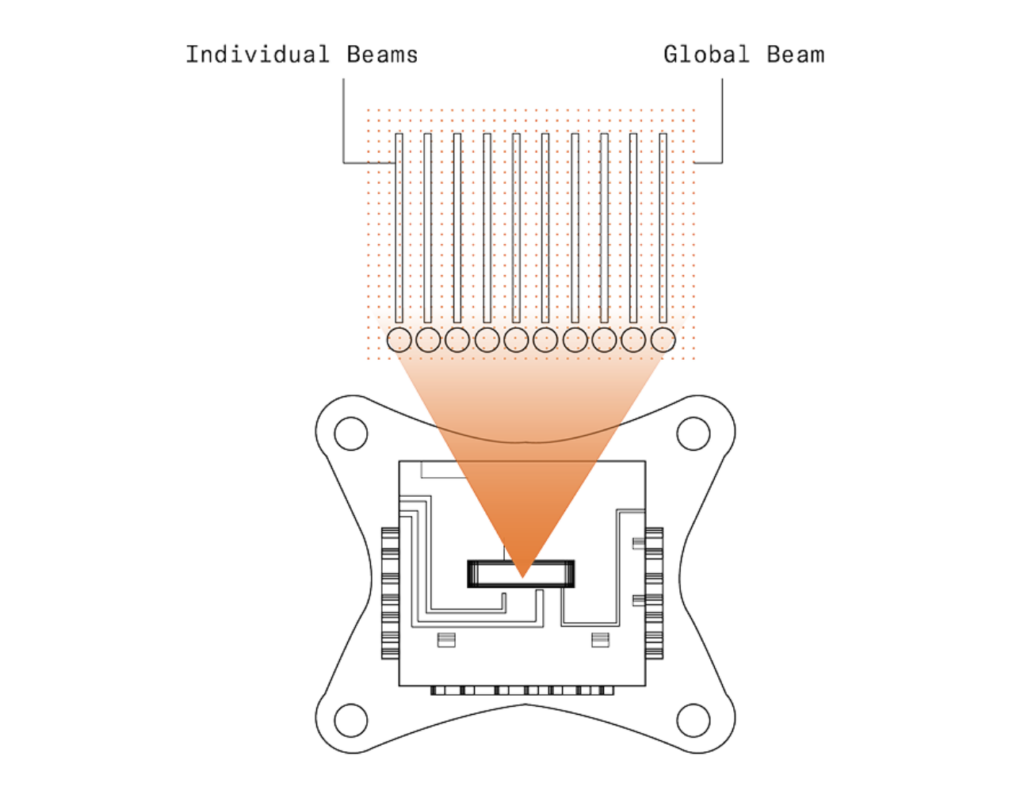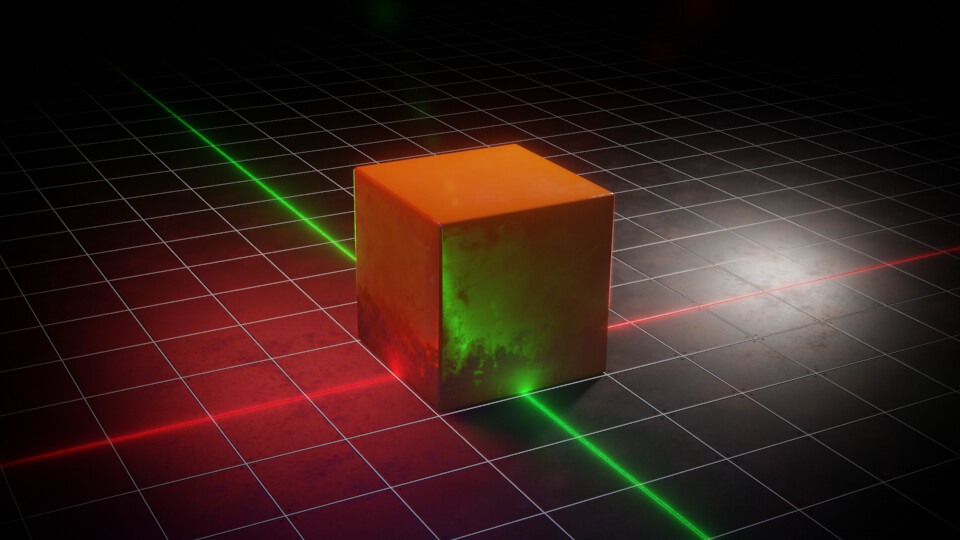
The ROKS (The Responsive Operations for Key Services) mission will be one of the first of its kind in the world. The Glasgow-based space engineering company, Craft Prospect, is on track to conduct ROKS’ in-space demonstration. With a 6U CubeSat architecture, ROKS will conduct satellite-to-Earth Quantum Key Distribution. It is scheduled to launch in 2022 to a sun-synchronous orbit around Earth about 500 km in altitude. Compared to other proposed QKD CubeSat missions globally, ROKS integrates specific innovations in spacecraft autonomy, AI, secure computing, and the usage of neural networks as part of the payload. Additionally, ROKS contemplates a weak coherent pulsed (WCP) laser source onboard the CubeSat that would direct single-photon pulses to a fully mobile ground station.
Craft Prospect is no stranger to the growing maturity of the CubeSat market. As previously featured at The Quantum Daily, Glasgow has become a robust European hub for the CubeSat and small satellite markets. There’s a lot of energy, support, and momentum in the small satellite markets. In tandem with the University of Bristol and the University of Strathclyde, and industry-wide partners in the UK, the UK Space Agency also supports the ROKS mission. Craft Prospect received in December 2020 alone a £345,000 award for ROKS under the UK Space Agency National Space Innovation Programme (NSIP). NSIP is a dedicated UK fund to advance the R&D of home-grown innovative technologies in the space industry.
I am fascinated by the combination of space-based quantum communications, machine autonomy, and CubeSats for the ROKS mission. I conducted a 1-1 with Dr. Sonali Mohapatra, who serves as the Space Quantum Technologies Developer at Craft Prospect. With a doctorate in Quantum Physics from the University of Sussex, Sonali hails from Bhubaneswar in eastern India. She has an extensive background in theoretical physics and research from Kolkata’s Indian Institute of Science Education and Research, the Canadian University of Waterloo and Perimeter Institute for Theoretical Physics. Black holes and quantum gravity captivated Sonali’s interest from an early age. She supported the gravitational wave experiment at LIGO as a scientific researcher at the Caltech LIGO Summer Undergraduate Research Fellowships (SURF) program. Since the year 2019 at Craft Prospect, Sonali focuses on translating quantum research into an array of new quantum technologies and applications for CubeSat payloads.
“The unique value proposition for Craft is that it combines small satellite knowledge with the company’s broader portfolio of services and verticals in mission architecture and artificial intelligence, with new and future-forward quantum technologies. We work towards protecting our data and augmenting the quantum communications infrastructure, which is already a thriving field worlwide, to make our current communication systems more secure and resilient. It has definitely helped to have all three verticals in-house at Craft. The conceptualization of the ROKS mission started with our CEO, Steve Greenland, and his passion for innovation in the space sector. However, the main challenge as a small satellite company is to be daring enough to think that we can do it beyond just conceptualizing it.

Today, we have managed to reach the point where we continue to show we meet our milestones and deliver on our promises. Indeed, something that will differentiate ROKS from the other CubeSat missions is our emphasis on satellite autonomy and cloud detection technology. We look at how to increase the efficiency of the QKD protocols with artificial intelligence. In the future, with the rolling out of space QKD as a service, customers will want us to target certain ground stations to deliver secure keys. But what happens if there is a cloud covering the ground station at that particular time? The presence of clouds or other natural formations blocking the view of the ground station will make the line of sight communication difficult to achieve between the satellite and the ground station, which would increase the chances of us losing that pass. This inevitably adds to overhead and costs. Our neural network, combined with the imaging system onboard the payload, designated as the Forwards Looking Imager – FLI, anticipates and corrects the satellite’s target for the downstream transmission of the secure keys. We reduce a lot of the manual control of the satellite because we automate those decisions in orbit. The FLI is the first commercial product developed and now offered by Craft.”
Given the push and momentum for entangled photon sources onboard satellite missions, using a weak coherent pulsed (WCP) laser source for QKD interests me. I asked Sonali about this strategic decision for ROKS.
“There’s a huge ecosystem of different companies and researchers working on a variety of different kinds of sources and especially with entangled photon sources. The decision to develop a WCP source for ROKS was to add and complement existing capability in the industry, but that is also fundamentally different from other missions planned around the same timescales. Consider, for example, the UK-Singapore Bilateral QKD space mission, which plans to use entangled photon sources. True single-photon sources are extremely difficult to make. In fact, to my knowledge, there are not that many true single-photon sources that are commercially available, even though a lot of good work is currently ongoing in that field. By using weak coherent lasers, we can attenuate the output of those lasers so much that they approximate a single photon for QKD, while we wait for the commercial production of space-ready single photon sources. We are happy at Craft that we can now offer a miniaturized quantum source, termed JADE, as a commercial and modular quantum product for space companies as well as for experiments at universities.”
The ground station is currently being built in Goonhilly Downs by the University of Bristol. This location in South England is a Site of Special Scientific Interest in the UK. It is also famous for the Goonhilly Satellite Earth Station. About the rationale for the ground station’s mobility, Sonali explained the following:
“Researchers in England and Scotland are doing the modeling of the skies to assess where is the best place to put a ground station. As a consortium, it made sense to build something fully mobile. The current ground station developed by the University of Bristol can be loaded up in a van and driven to our location of choice. In the future, the ground station can be further miniaturized to improve portability. Maybe next time, we’ll need a passenger car where you can load the receiver and mobilize it as needed right on the spot.”
Craft Prospect collaborates with numerous CubeSat missions around the world. It supports them with a WCP quantum source and quantum expertise. Mapping out the trajectory of ROKS on its way to space, Sonali described some of the nuances and the work behind the scenes.
“The vision at the quantum vertical at Craft Prospect is to develop and support future quantum communications infrastructure. We have a very experienced team and set of partners who have allowed us to showcase that we could put our work where our mouth is by building trust and delivering consistently. We have progressed in certain key company milestones, such as proving successful tabletop QKD and modeling. As another example, all of our hardware, commercially sourced or developed in-house, can also be used for non-quantum communication and be interoperable. This tactical advantage helps us get easy buy-in as we pitch partners and stakeholders. There’s also a maturity in the modeling of technologies and public opinion as more CubeSat missions are being launched.
Early on, there was a comprehensible hesitation to buy into the idea beyond it being a proof of concept demonstration mission. There’s a certain understanding now that satellite to Earth QKD can be scaled commercially as a service mission for financial institutions, hospitals, universities, etc. This understanding is important because there is a clear vision at the company for the next five to ten years. The dream is to launch a CubeSat constellation affordable for commercial services across the globe by connecting with different parts of the world using small satellites in LEO orbits and keeping in mind loss limitations on terrestrial QKD systems. We want to be ready to provide future proof quantum encryption services before the advances in quantum computing widely disrupt current encryption methods. That is the future.”
Interested to know about her professional journey, Sonali remembers the following:
“I was curious about a lot of different kinds of things, and I was always interested in the space sector. Initially, I decided to study the most inaccessible part of space, which is the black hole. It was super interesting. I did quite a lot of work looking at quantum gravity using black holes as a laboratory during my research. I have always had an appetite for anything new and cutting edge. I chose, later on, to slightly shift my attention to a more accessible space and bring my strong theoretical background in quantum and gravitation into the space sector, which is where many new technologies are emerging. I noticed this opportunity, and it made sense for me. It was an opportunity to work on something cutting edge and new for the world and me. It was a challenge where I could jump in and contribute by using my expertise to make it accessible for more people.”
We live in exciting times where space and quantum tech intersect at an unprecedented rate. As the Scottish and UK broader space ecosystems continue to gain traction in the small satellite markets, I expect that Craft Prospect will continue to surprise us with its distinctive and pioneering approach to QKD and AI onboard CubeSats.
//
The Scottish artist featured at the top is Stephen Woods from Hamilton, which is less than 15 miles from Glasgow. With more than a decade as a professional 3D artist, Stephen created Not Your Daddy’s Default Cube (2020) as a promotional image for a 3D fundamentals art course that he teaches on Udemy.
On his creative process, Stephen described:
“I’m really inspired by sci-fi and fantasy cinema, historical fiction, and innovative design. I always look at new tech like 3D printing and the resurgence of VR to help influence the direction of my work.”
For more market insights, check out our latest quantum computing news here.












